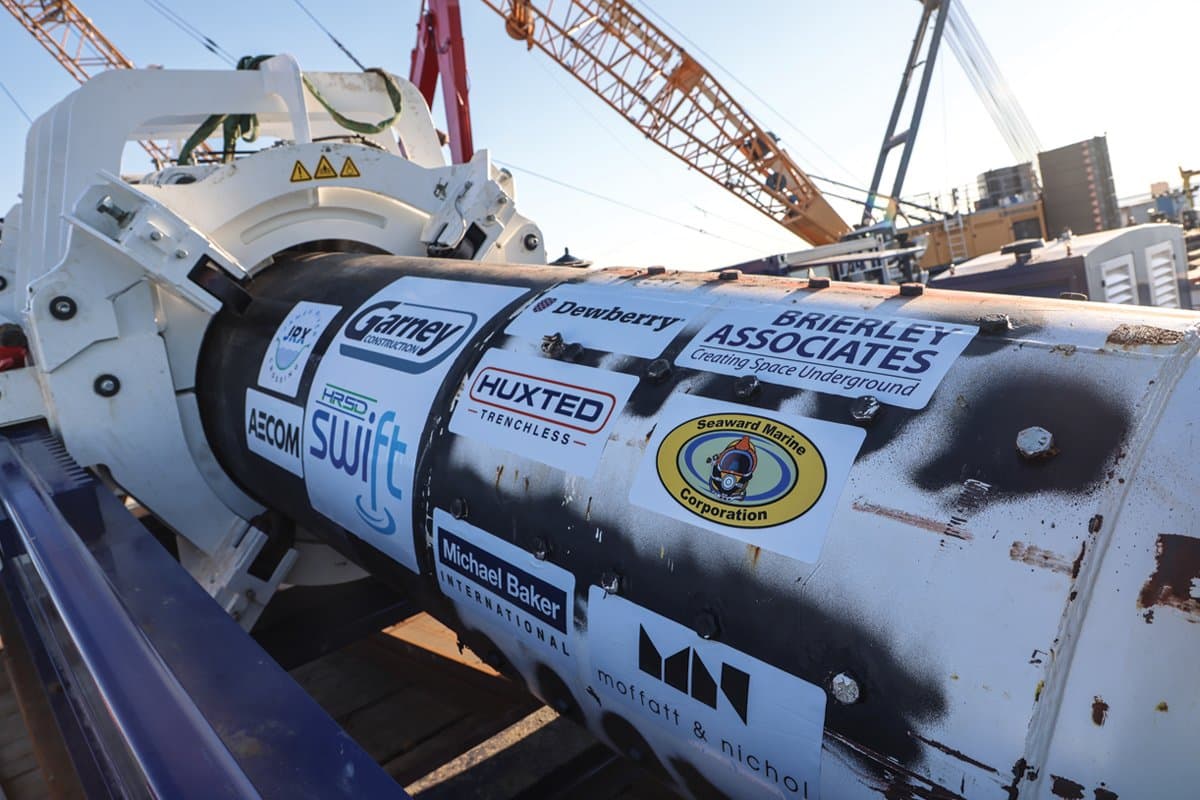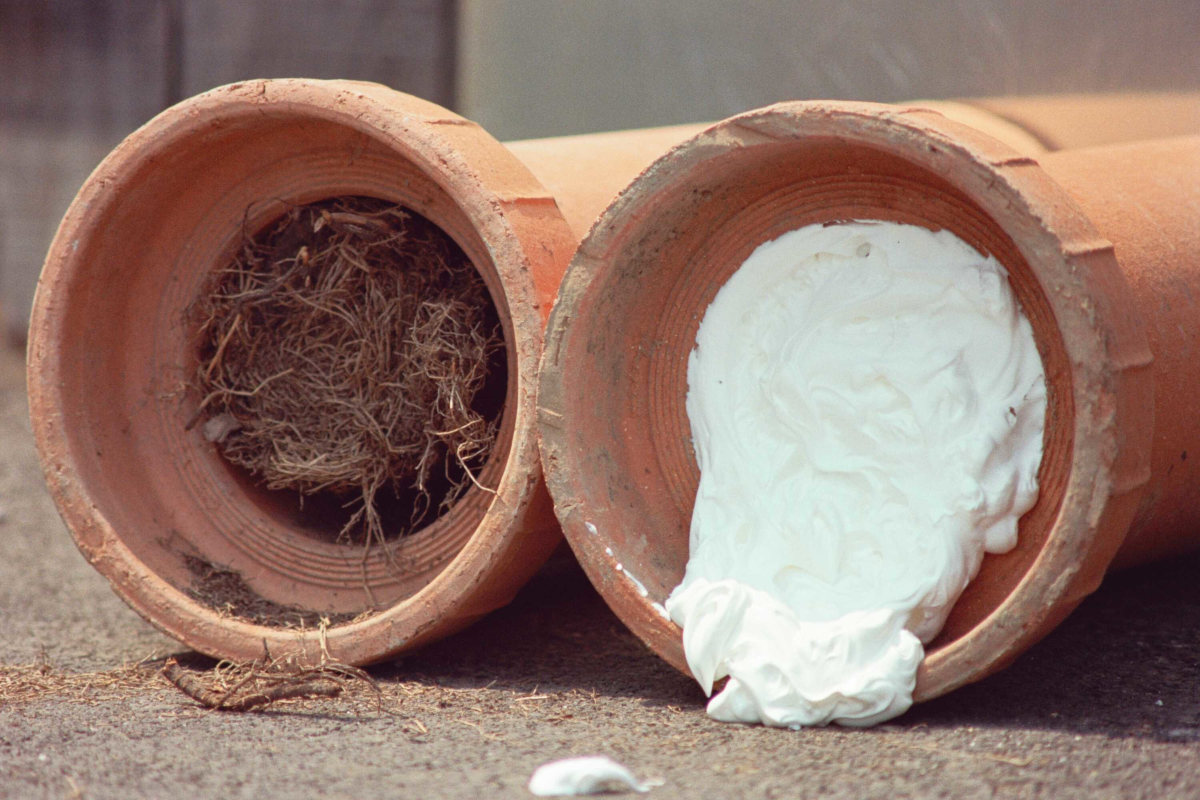
Big vs Small: Are You Ready for Large-Diameter Pipe Cleaning?
Many of us in the industry have increased our knowledge base and developed more skills from cleaning sewers of all types over a number of years.
Consequently, we are aware that new challenges may emerge in subsequent projects and are willing to meet them head-on.
For some of us, it is possible that working on such a project — and its inherent new challenges – may arise out of necessity. Are you at a place where you are ready to make the leap to clean large-diameter pipes?
While the basic cleaning process can be the same, this type of cleaning presents an entirely different set of parameters than found in conventional or small-diameter cleaning.
RELATED: 5 Questions with a Pipe Cleaning PRO – Shawn P. Austin Sr.
The “Big” Differences
Let’s discuss the major differences and potential pitfalls of large-diameter sewer cleaning:
- Debris type and level
- Flow
- Size
- Length of reach
- Depth and access
- Water source
- Approach
Debris is typically organic and easily jetted in small-diameter pipes. The amount of debris is often less in small-diameter pipes. Cleaning production per day is often measured in the thousands of feet.
In contrast, larger pipes — often referred to as interceptors or collectors — have continuous flow and often contain grit, sand, silt, gravel, rocks, pieces of broken concrete, sludge, grease, sanitary trash, rags, bricks and other broken pieces of infrastructure as well as odd items.
Debris levels are often significant. As such, production may only be a few feet per day.
Knowing this difference in debris, it is imperative to understand how flow and pressure can affect cleaning proficiency. In the simplest terms, sewer cleaning is moving debris in the pipe. It’s no different than an earthmoving piece of equipment moving dirt on the surface.
The major difference is that sewer cleaning functions ‘blindly,’ unless proper conditions exist for a CCTV camera inspection.
The nozzle is akin to a shovel, and an aqueous shovel at that. Add more water and the ‘shovel’ is bigger. This is the reason why higher flow pumps found on combination trucks are often selected or specified for this operation.
The flow of the pipe also needs to be considered. In small-diameter pipe, flow is often minimal and manageable, whereas the debris that is jetted back to the access point – the manhole – is effectively extracted using standard air conveyance.
Usually in large-diameter pipe, flow cannot be turned off without bypass pumping. An effective extraction method must be employed to remove the debris in a surcharged state. Attachments and pumps are typically used in this application.
The pump size is, oftentimes, the defining factor between small- and large-diameter sewer pipe cleaning operations. However, it is not the only factor and, oftentimes, a defined large-diameter pipe, with small amounts of debris can be cleaned with conventional equipment.
Of course, the opposite is true with small-diameter pipes and great depth of debris. For example, a 30-in. pipe half full of debris contains four times more debris than a half-full 15-in. pipe. As pipe size increases, the debris capacity exponentially increases, as well.
When cleaning standard gravity small-diameter pipe, banks of reach are typically between 300 to 500 ft. In large-diameter pipe, it is not uncommon to have usable access points several thousand feet apart.
An understanding of these great distances also requires the awareness that equipment set-ups may span over months. Additionally, pressure losses due to lengths of hose also are a major factor in cleaning efficiency.
Not only are the lengths greater, but large-diameter pipe access points are characteristically at much deeper depths — greater than 40 ft is typically commonplace.
It also should be understood that at these depths, the vertical shaft is typically not aligned over the crown of the pipe. The shaft may be offset to the side of the pipe and, in some cases, connected to the main pipe through a horizontal connector.
Special consideration must be given to non-vertical extraction methods, as well as the reduction in efficiency due to lift.
If a larger pump was selected for the project, this will require greater consumption of water. A nearby hydrant may not offer the needed volume of water required for these larger flow pumps.
In many cases, the hydrants may be positioned on smaller-diameter trunk lines and may not be able to be tapped for purposes other than an emergency.
Knowing this, the amount of water to be trucked may be quite significant and may be a substantial operation in itself. Riparian waterways may be available; however, they may require permitting. In many cases, the use of recycled water may be advantageous.
All successful projects begin and end with effective teamwork. In this case, teamwork necessitates a collaborative effort involving the contractor, the engineer and the owner. Often this collaboration begins with unbiased education.
Unbiased education does not mean a discussion on how to sole-source specifications or why some nuance of the equipment supposedly separates it from other options, but is a comprehensive understanding of the job scope: its pitfalls, give-and-take and the open channel communication.
To Sum It All Up
Together, we can all elevate the industry and increase the level professionalism, which all of its hard-working pillars deserve.
While this is merely a brief overview of the obvious differences between small-diameter and large-diameter cleaning based on lessons learned through years of experience, it is by no means a comprehensive statement of what a contractor or municipality can or cannot do.
Using this information helps to build equipment and processes that can conquer the most challenging tasks. Whether the challenges involve an extremely deep project, long reach or difficult access, these can all be conquered through discipline and perseverance necessary to see the project through completion. Exciting opportunities are presented with all of these challenges.
For us, we began doing these projects just like everybody else reading this article. We started with the equipment available to us. By utilizing available equipment and through hard work, we were able to adapt and innovate not only the equipment but the processes for the crew that functions on this task.
The bottom line: The crew is the most important part of the job-site. The best equipment in the world cannot function by itself. It is the knowledge and the experience of the crew working as a team that will overcome all tasks and ultimately guide a project to its successful completion.
Joe Schotthoefer is vice president of operations at Doetsch Environmental.




